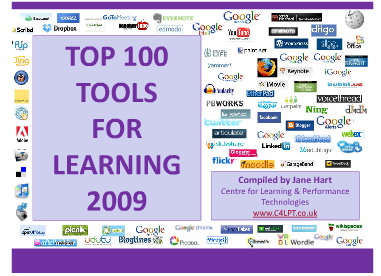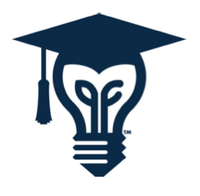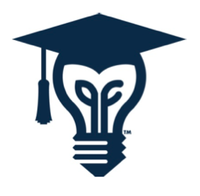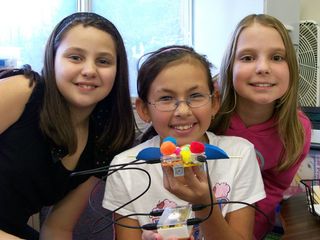 A colleague and creative friend, Brian C Smith is currently in the running for an H P EdTech Innovators Award with an innovative proposal for “The I.D.E.A Room.” His project is based on his 4th-grade “Playful Inventors” workshop that Brian and his wife Wendy, (a STEM coach) piloted in 2009. The project had great success integrating the arts, science, engineering, and technology in creative problem solving environment
A colleague and creative friend, Brian C Smith is currently in the running for an H P EdTech Innovators Award with an innovative proposal for “The I.D.E.A Room.” His project is based on his 4th-grade “Playful Inventors” workshop that Brian and his wife Wendy, (a STEM coach) piloted in 2009. The project had great success integrating the arts, science, engineering, and technology in creative problem solving environment
Please take a moment to read their proposal
and cast your vote here.
More on the project from Brian …
Our faculty explored inquiry-based models of instruction and wanted to experiment with implementing a fully student-centered learning experience. After analyzing data from NYS 4th grade test scores, problems under the physical science realm were identified as most troublesome. Given their action research idea and the identified areas of weakness in science, a team of teachers designed the I.D.E.A Room program to provide students with opportunities to explore physical science concepts through the engineering design process while using technology as an integral component of their work. The Playful Inventors workshop, an after-school program implemented in the fall of 2009, allowed students freedom of time to play, explore, design, test, and problem-solve. Highlights of the success of the program include:
• Increased problem-solving strategies
• Reliance on cooperative learning
• Integration of the arts, science, engineering, and technology
• Creative uses of materials
• Increased proficiency with technology, including computer programming
• Deeper understanding of key concepts of force and motion
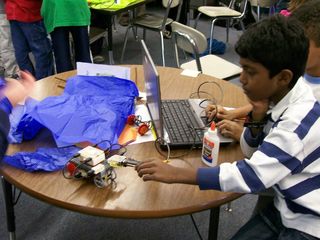 Our most important initiative is to continually shift instructional practices to become constructivist in nature using inquiry-based methods. We have discovered that in the classrooms where this is the norm, students are more self-directed in their learning, willing to take risks, creative in their approaches to problem solving, and demonstrate stronger team approaches to learning. In the I.D.E.A Room, projects are personal, yet learning is both iterative and social. The work by the teachers on the I.D.E.A. Room project has built the foundation for this instructional shift.
Our most important initiative is to continually shift instructional practices to become constructivist in nature using inquiry-based methods. We have discovered that in the classrooms where this is the norm, students are more self-directed in their learning, willing to take risks, creative in their approaches to problem solving, and demonstrate stronger team approaches to learning. In the I.D.E.A Room, projects are personal, yet learning is both iterative and social. The work by the teachers on the I.D.E.A. Room project has built the foundation for this instructional shift.
Our second initiative is to increase the use of technology to facilitate learning for both students and teachers. Students participating in the pilot program were able to use a wide variety of technology tools for learning, collaboration, and creation of content. Both the teachers and students in this group will be instrumental in assisting others to learn how technology can be transformative.
At the end-of-the-year I.D.E.A. Room Community Workshop, students will collaborate to create their multi-media presentation and practice their presentation skills. The Jr. Engineers will facilitate the hands-on stations as community members, including invited engineers from local industry experts, business owners, parents, and others try their hand at creating, designing and programming using the I.D.E.A. Room materials.

